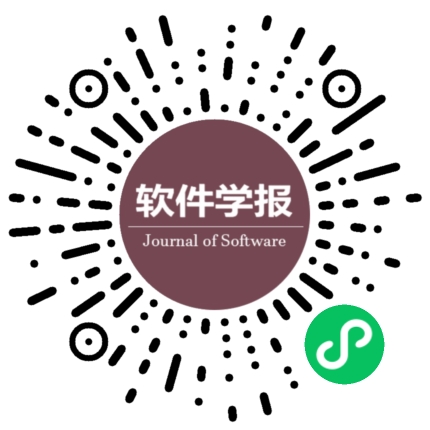面向流数据分类的在线学习综述
作者:
作者单位:
作者简介:
翟婷婷(1988-),女,河南济源人,博士,讲师,主要研究领域为机器学习,模式识别;朱俊武(1972-),男,博士,教授,博士生导师,CCF高级会员,主要研究领域为知识工程,本体论,机制设计,云计算;高阳(1972-),男,博士,教授,博士生导师,CCF高级会员,主要研究领域为大数据分析,机器学习,多智能体系统,视频/图像处理.
通讯作者:
zhtt.go@gmail.com
中图分类号:
基金项目:
国家重点研发计划(2017YFB0702600,2017YFB0702601);国家自然科学基金(61906165,61432008,61872313);江苏省高等学校自然科学研究项目(19KJB520064)
Survey of Online Learning Algorithms for Streaming Data Classification
Author:
Affiliation:
Fund Project:
National Key Research and Development Program of China (2017YFB0702600, 2017YFB0702601); National Natural Science Foundation of China (61906165, 61432008, 61872313); Natural Science Foundation of the Jiangsu Higher Education Institutions of China (19KJB520064)
引用本文
翟婷婷,高阳,朱俊武.面向流数据分类的在线学习综述.软件学报,2020,31(4):912-931
复制相关视频

分享
文章指标
- 点击次数:
- 下载次数:
- HTML阅读次数:
历史
- 收稿日期:2019-02-22
- 最后修改日期:2019-07-11
- 录用日期:
- 在线发布日期: 2020-01-14
- 出版日期: 2020-04-06
文章二维码

您是第位访问者
版权所有:中国科学院软件研究所 京ICP备05046678号-3
地址:北京市海淀区中关村南四街4号,邮政编码:100190
电话:010-62562563 传真:010-62562533 Email:jos@iscas.ac.cn
技术支持:北京勤云科技发展有限公司
版权所有:中国科学院软件研究所 京ICP备05046678号-3
地址:北京市海淀区中关村南四街4号,邮政编码:100190
电话:010-62562563 传真:010-62562533 Email:jos@iscas.ac.cn
技术支持:北京勤云科技发展有限公司



